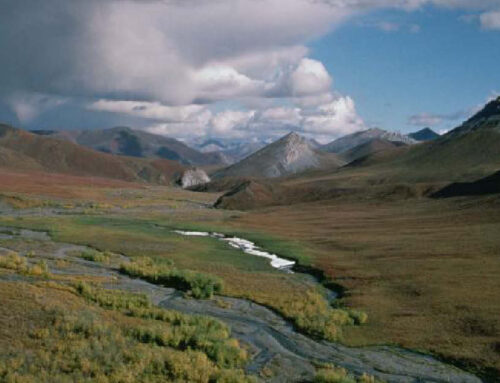Carbon Capture and Sequestration (CCS) encompasses technologies designed to capture carbon oxides emitted during power generation and other industrial processes, instead of releasing them into the atmosphere. These captured carbons are then sequestered underground or in specially designed facilities. For decades, the federal government has provided billions of dollars in both direct and indirect subsidies to support CCS technology and projects. These subsidies have included research, development, and demonstration (RD&D) funding, loan guarantees, and tax credits. Over the past few decades some of these subsidies have gone to projects that have been repeatedly started and stopped, only to eventually collapse due to various economic issues and controversies (e.g., FutureGen, Kemper). Additionally, the 45Q tax credit, which has grown significantly in both size and scope, has been mired in fraud and waste. To date, the federal government has spent tens of billions of taxpayer dollars on CCS through research and development funding and tax credits, yet the technology is still struggling with widescale deployment issues due to high costs. Despite these concerns, Congress appropriated $12 billion more to the technology through the infrastructure law (Infrastructure Investment and Jobs Act, P.L. 117-58) and greatly expanded the already lucrative tax credit in the Inflation Reduction Act (P.L. 117-169).
Photo Credits:











Get Social